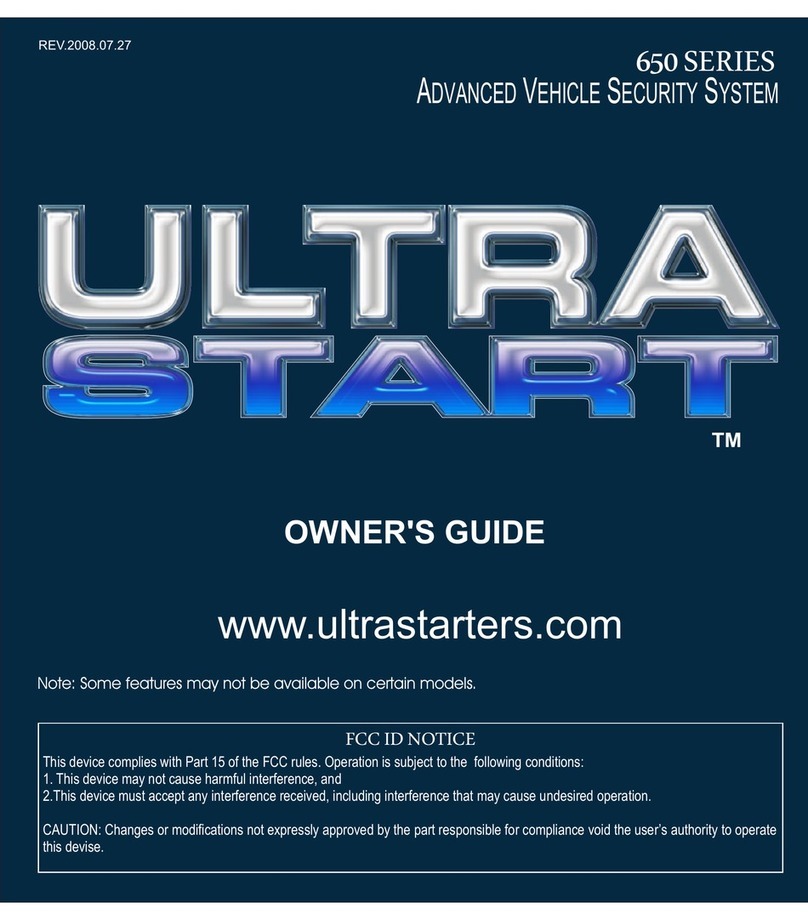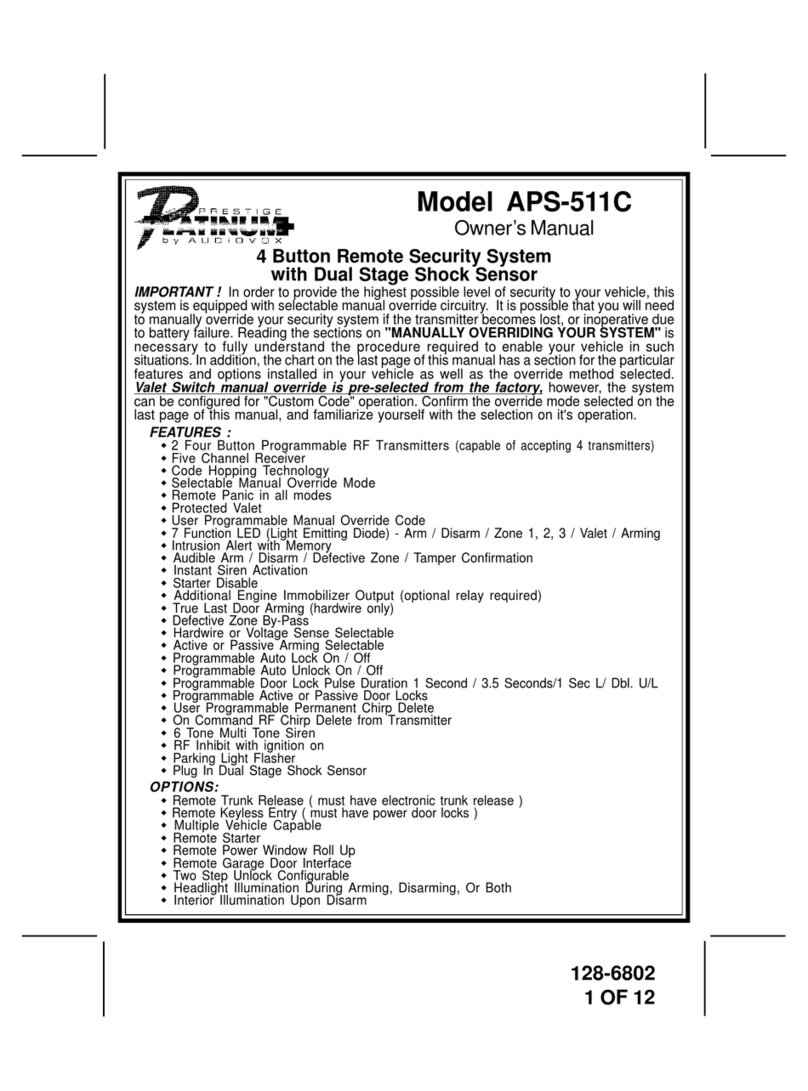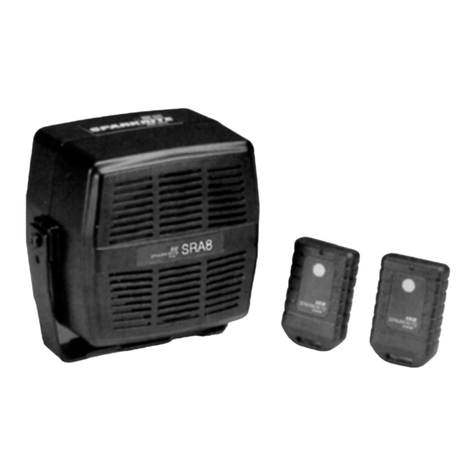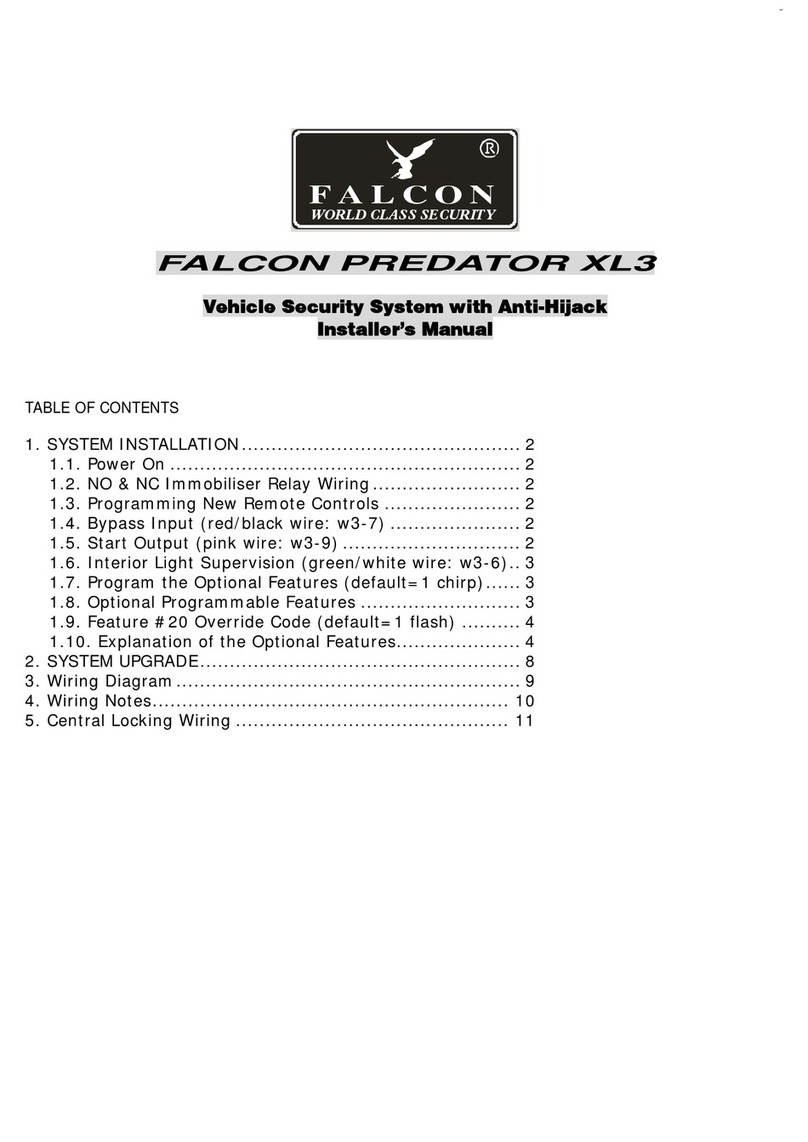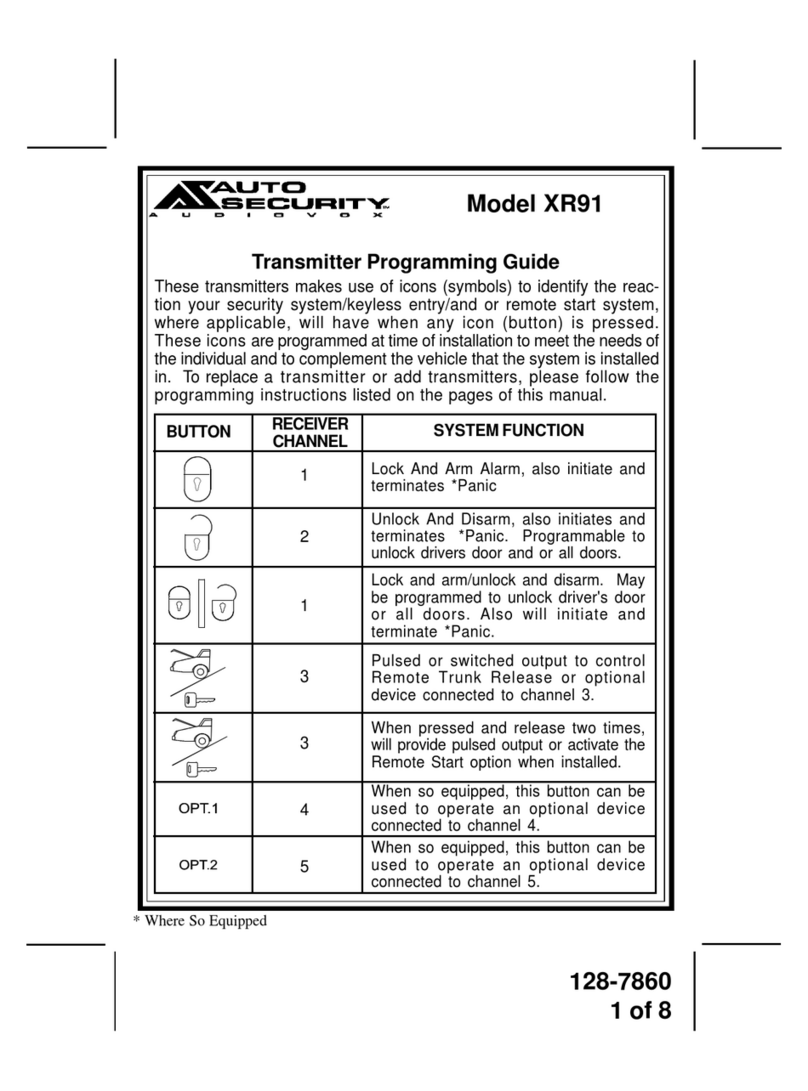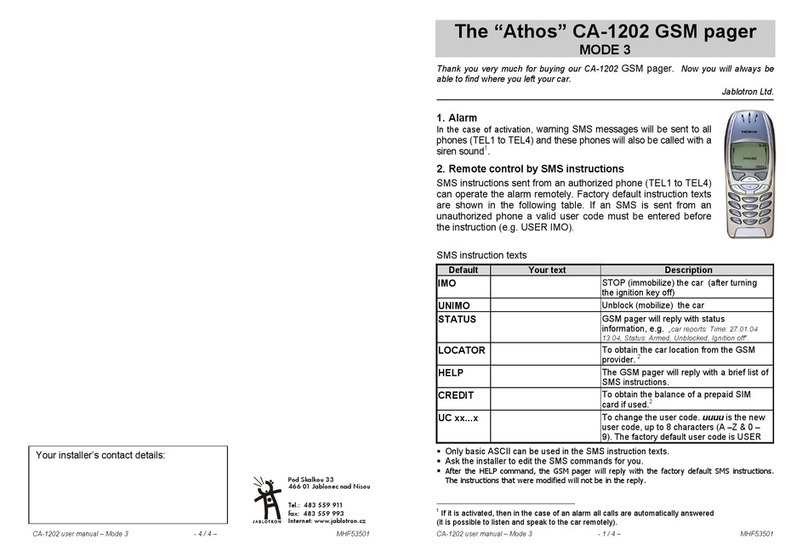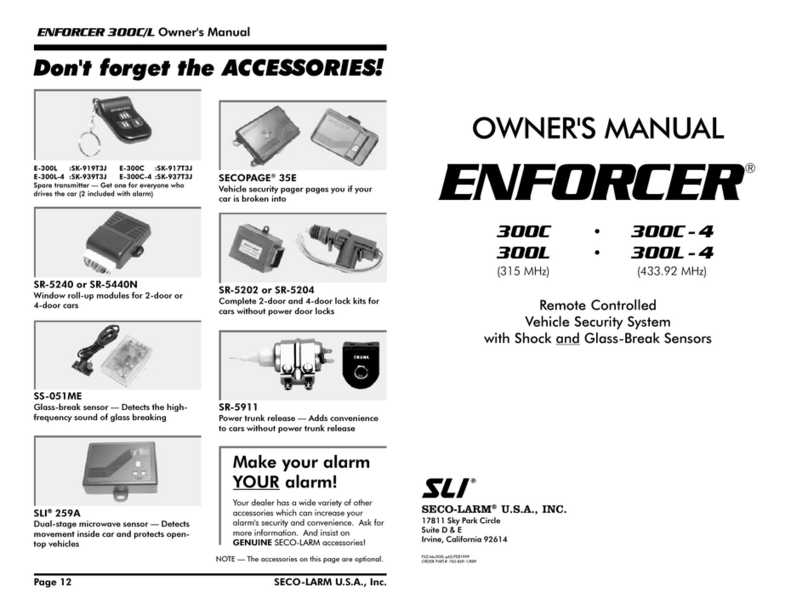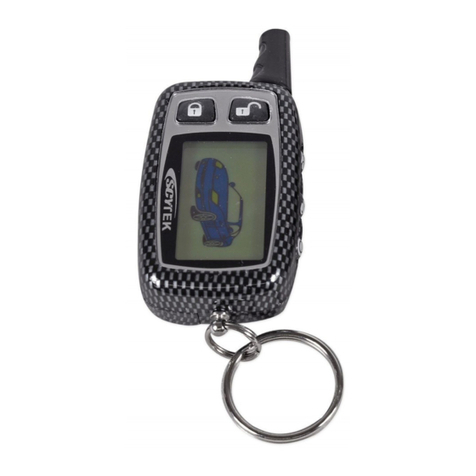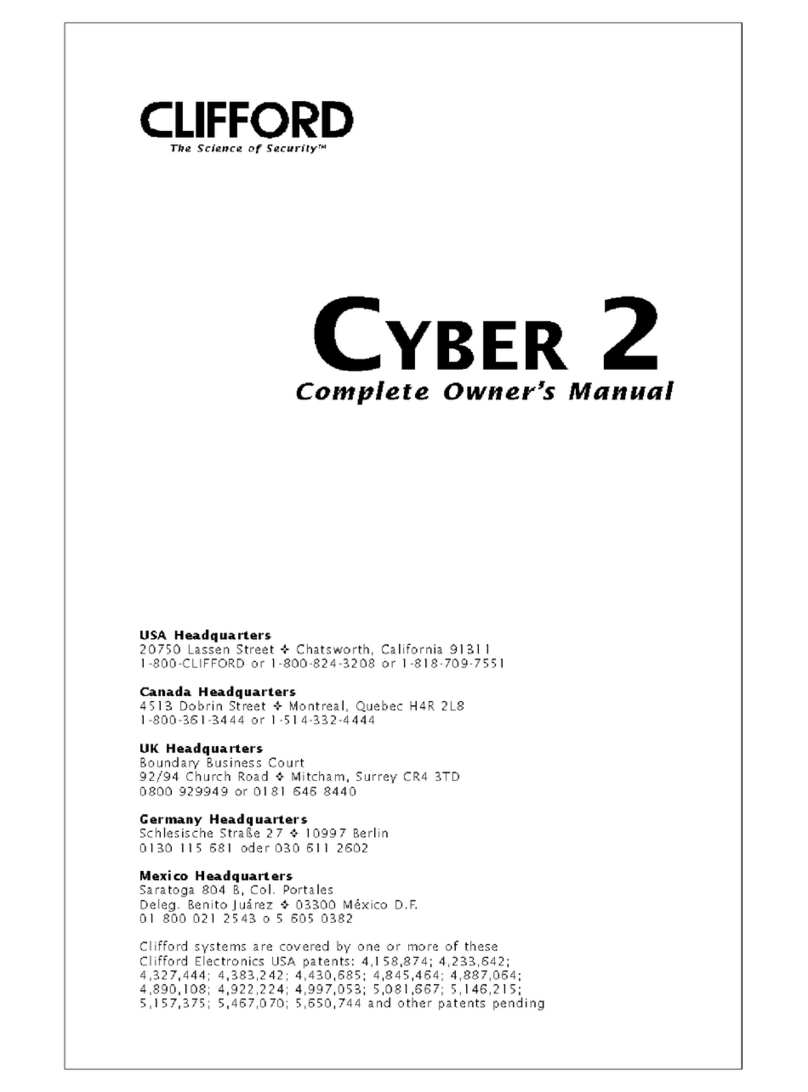
Construction
First of all let us consider a few basics in building electronic circuits on a printed circuit board.
The board is made of a thin insulating material clad with a thin layer of conductive copper that
is shaped in such a way as to form the necessary conductors
between the various components of the circuit. The use of a properly designed printed circuit
board is very desirable as it speeds construction up considerably and reduces the possibility
of making errors. Quasar Kit boards also come pre-drilled and with the outline of the
components and their identification printed on the component side to make construction
easier. To protect the board during storage from oxidation and assure it gets to you in perfect
condition the copper is tinned during manufacturing and covered with a special varnish that
protects it from getting oxidised and also makes soldering easier. Soldering the components
to the board is the only way to build your circuit and from the way you do it depends greatly
your success or failure. This work is not very difficult and if you stick to a few rules you should
have no problems. The soldering iron that you use must be light and its power should not
exceed the 25 Watts. The tip should be fine and must be kept clean at all times. For this
purpose come very handy specially made sponges that are kept wet and from time to time
you can wipe the hot tip on them to remove all the residues that tend to accumulate on it. DO
NOT file or sandpaper a dirty or worn out tip. If the tip cannot be cleaned, replace it. There are
many different types of solder in the market and you should choose a good quality one that
contains the necessary flux in its core, to assure a perfect joint every time.
DO NOT use soldering flux apart from that which is already included in your solder. Too much
flux can cause many problems and is one of the main causes of circuit malfunction. If
nevertheless you have to use extra flux, as it is the case when you have to tin copper wires,
clean it very thoroughly after you finish your work. In order to solder a componentcorrectly
you should do the following:
Clean the component leads with a small piece of emery paper. Bend them at the correct
distance from the component's body and insert the component in its place on the board.
You may find sometimes a componentwith heavier gauge leads than usual, that are too thick
to enter in the holes of the p.c. board. In this case use a mini drill to enlarge the holes slightly.
Do not make the holes too large as this is going to make soldering difficult afterwards. -Take
the hot iron and place its tip on the component lead while holding the end of the solder wire at
the point where the lead emerges from the board. The iron tip must touch the lead slightly
above the p.c. board. -When the solder starts to melt and flow wait till it covers evenly the
area around the hole and the flux boils and gets out from underneath the solder.
The whole operation should not take more than 5 seconds. Remove the iron and leave the
solder to cool naturally without blowing on it or moving the component. If everything was done
properly the surface of the joint must have a bright metallic finish and its edges should be
smoothly ended on the component lead and the board track. If the solder looks dull, cracked,
or has the shape of a blob then you have made a dry joint and you should remove the solder
(with a pump, or a solder wick) and redo it.
Take care not to overheat the tracks as it is very easy to lift them from the board and break
them.
When you are soldering a sensitive component it is good practice to hold the lead from the
component side of the board with a pair of long-nose pliers to divert any heat that could
possibly damage the component.
